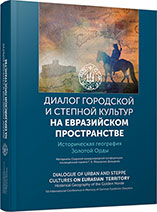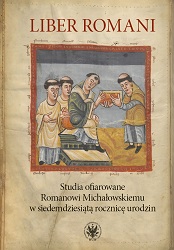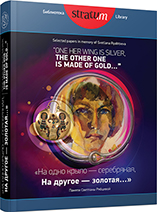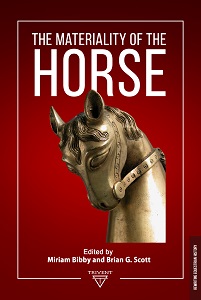
Об одном половецком погребении и интерпретациях на тему ртути
The unique feature of the nomadic burial from the Shumaevski II burial ground is the presence of mercury. The paper deals with certain controversial conjectures and proposes counterarguments regarding the employment of mercury in the burial ritual. Special attention is paid to textile remains and their correspondence with the burial inventory and ritual complex.
More...


